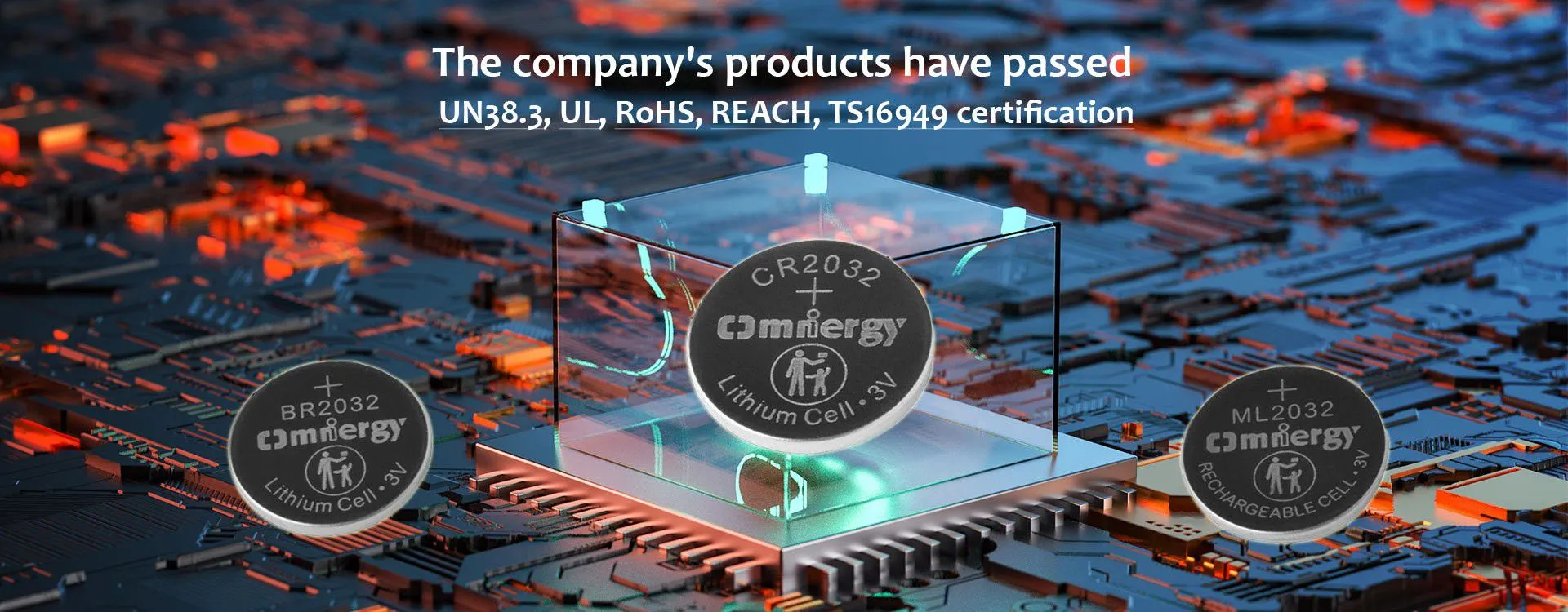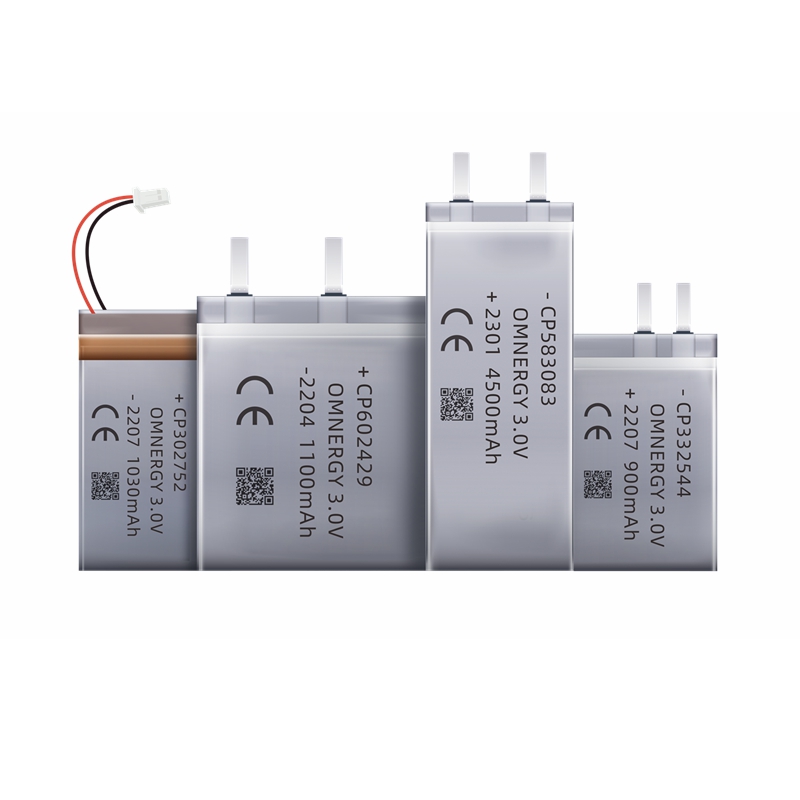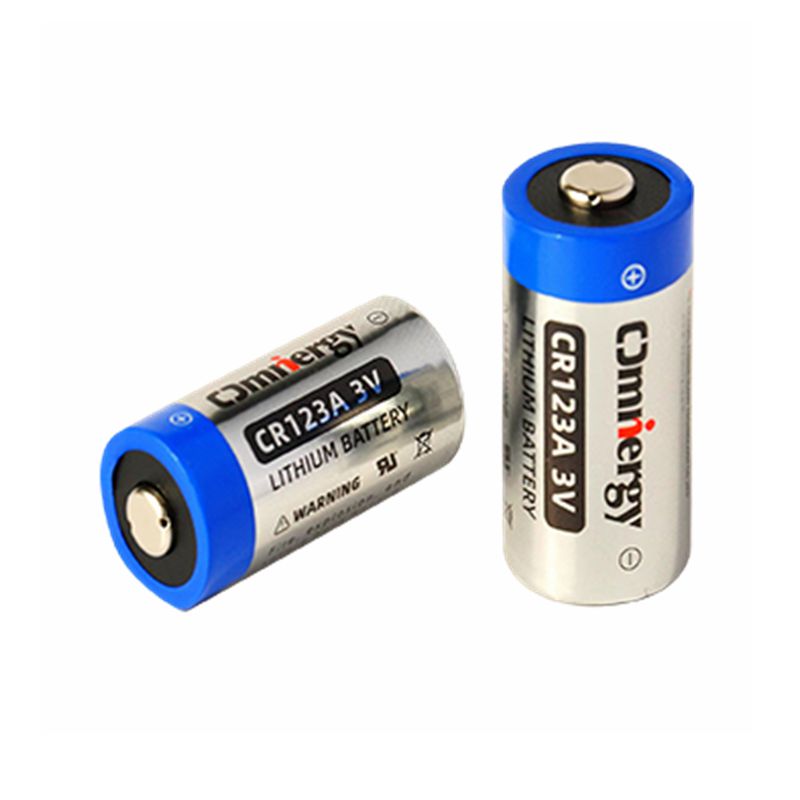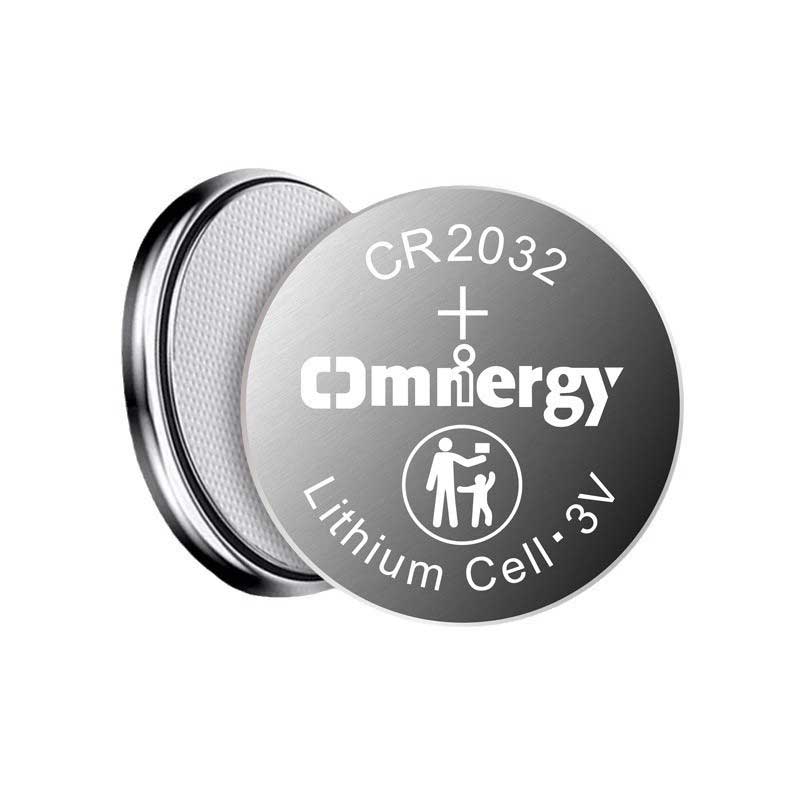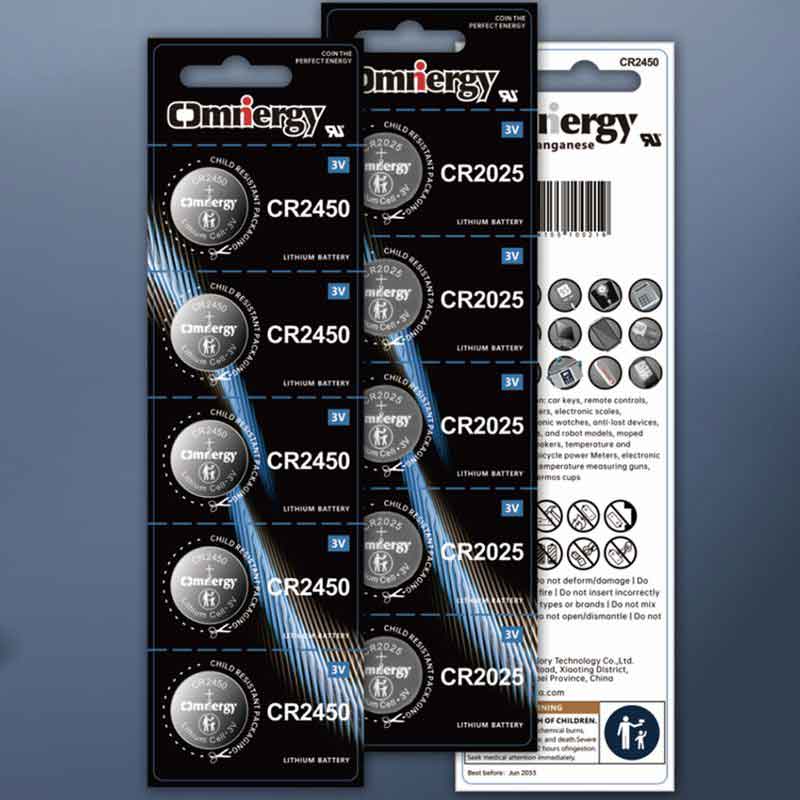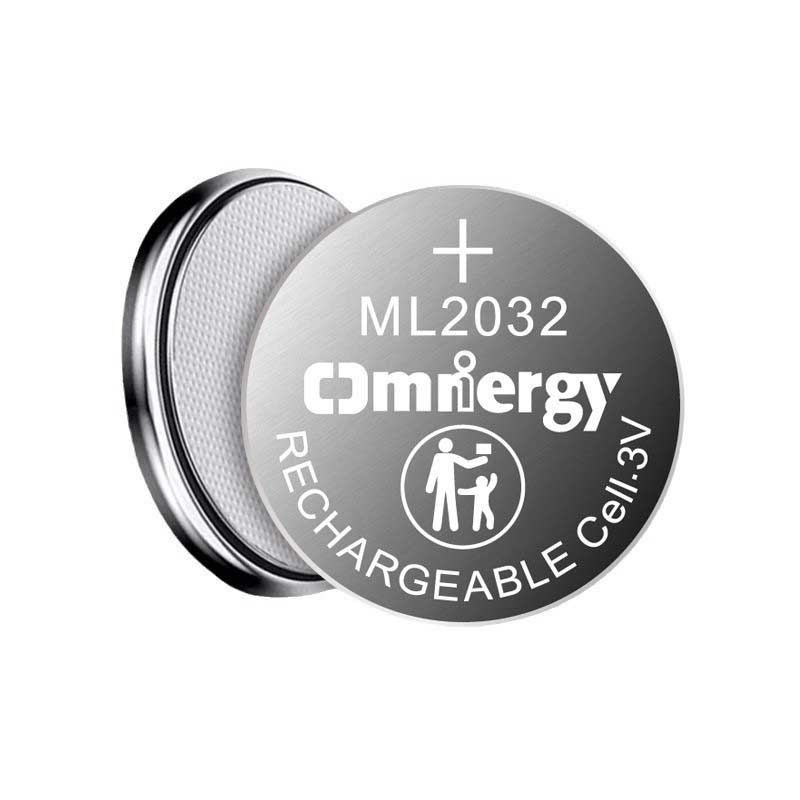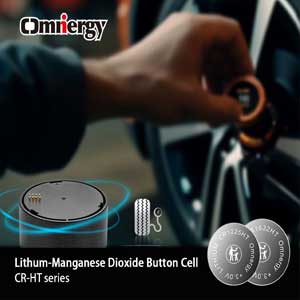-
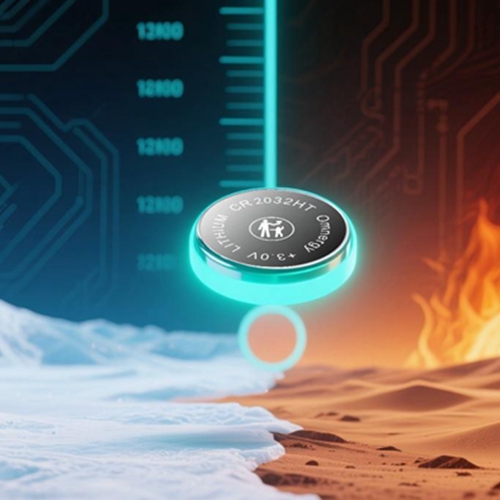 1712-2025
1712-2025In today's world, lithium manganese button batteries, with their stable performance and portability, have become an indispensable power source for small electronic devices. From smartwatches to electronic scales, from medical devices to IoT sensors, behind these seemingly ordinary batteries lies more than two decades of accumulated and breakthrough technological processes.
-
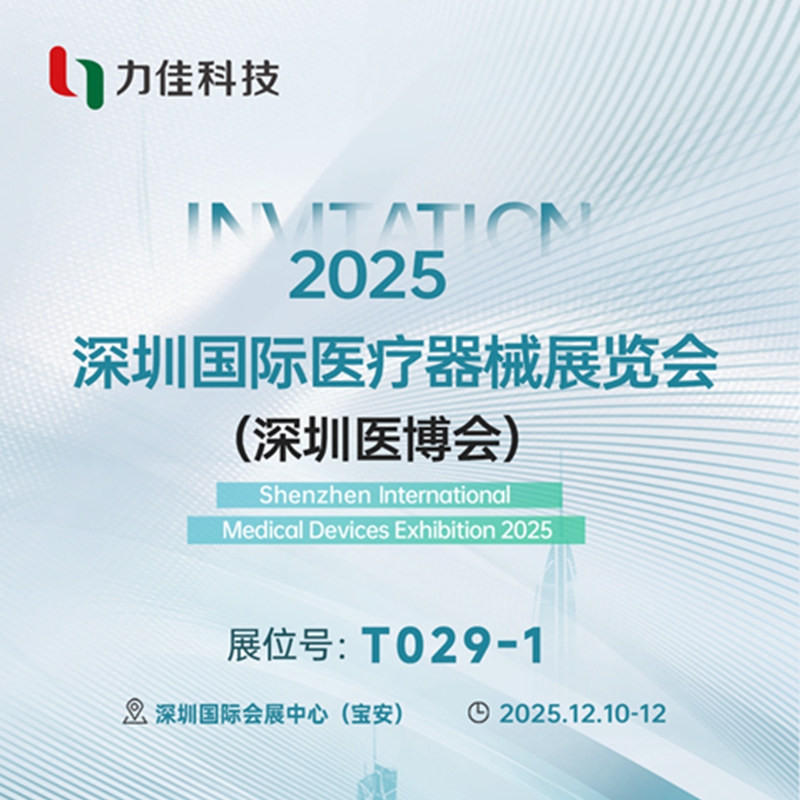
In today's global healthcare industry, which is moving towards intelligence and portability, every ingenious innovation relies on stable and reliable core power support. Yichang Power Glory Technology Co.,ltd will be making a grand appearance at the 47th Shenzhen International Medical Devices Exhibition. We cordially invite industry colleagues, partners, and new and old friends to visit our booth from December 10th to 12th to explore how miniaturized energy solutions can inject stronger and more lasting vitality into modern medical equipment.
-
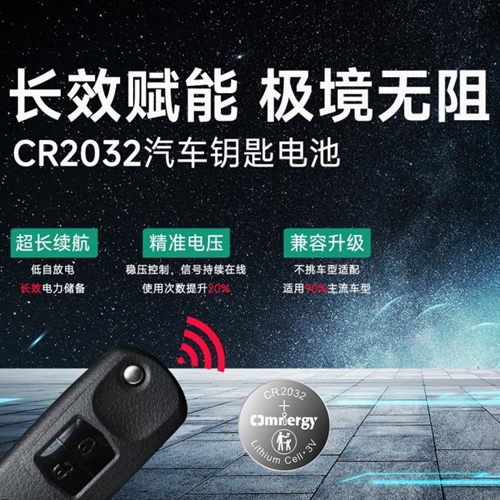
Lithium-manganese batteries, with their unique chemical composition, possess a very wide operating temperature range, typically from -20°C to +70°C, with some special models even reaching -40°C to +85°C. Whether in the sweltering heat of summer or the frigid cold of winter, they can stably output energy, ensuring our cars are always ready to be called upon. This robust environmental adaptability is the foundation for ensuring driving safety and convenience. "Safe" Protection – Sealed Structure, Eliminating Worries Imagine a leaking battery corroding the circuit board of your car key, worth hundreds or even thousands of dollars – how frustrating would that be? Lithium-manganese batteries are exemplary in this regard. Their fully sealed structure fundamentally eliminates the possibility of leakage. Furthermore, their chemical system is highly stable, free of heavy metals like lead, mercury, and cadmium, making them more environmentally friendly. More importantly, they boast high energy density. Within the same size and weight, they can store more electrical energy. Therefore, a single small, button-sized CR2032 battery can power a remote key for years, perfectly achieving the miniaturization and thinning of the key design. Safety, environmental friendliness, high energy, and compactness – these combined characteristics make lithium-manganese batteries the ideal choice for power supplies embedded in sophisticated electronic devices. Power Glory's Tip: Next time you lightly press the key and hear that crisp "beep" as the car door opens, give that little CR2032 battery a mental thumbs up. It's not just an ordinary button battery; it's an energy core embodying four key strengths: stability, resilience, strength, and safety. Its existence perfectly embodies the idea that "the best technology is the kind you don't even feel." Power Glory products work silently, day in and day out, providing unwavering performance to safeguard the unspoken connection between you and your vehicle.
-
TPMS (Tire Pressure Monitoring System) is an automotive safety system used to monitor tire pressure and temperature. In TPMS, Button Cells are small batteries that are often used to power sensors and other components.
Details -
Lithium manganese button batteries are widely used in smart medical equipment. These devices require continuous and stable power to ensure the normal operation of the device, thereby providing accurate and reliable diagnosis and treatment to patients.
Details -
The application of high-capacity button batteries in car keychains is mainly to provide power for various electronic devices and sensors to ensure their normal operation.
Details -
The application of Coin cell battery in blood glucose meters mainly involves providing power to the blood glucose meter to support its normal work and operation.
Details
CR Lithium Manganese Dioxide Batteries
BR Lithium Fluorocarbon Batteries
ML Lithium-Aluminum Rechargeable Batteries
LSC Battery Capacitor
CP Lithium Manganese Pouch Batteries
CR Cylindrical Lithium Battery Cells
CR/HT Lithium Manganese Button Cell
CR/PH Lithium Manganese Button Cell
CR/D Lithium Manganese Button Cell
CR/T Lithium Manganese Button Cell



